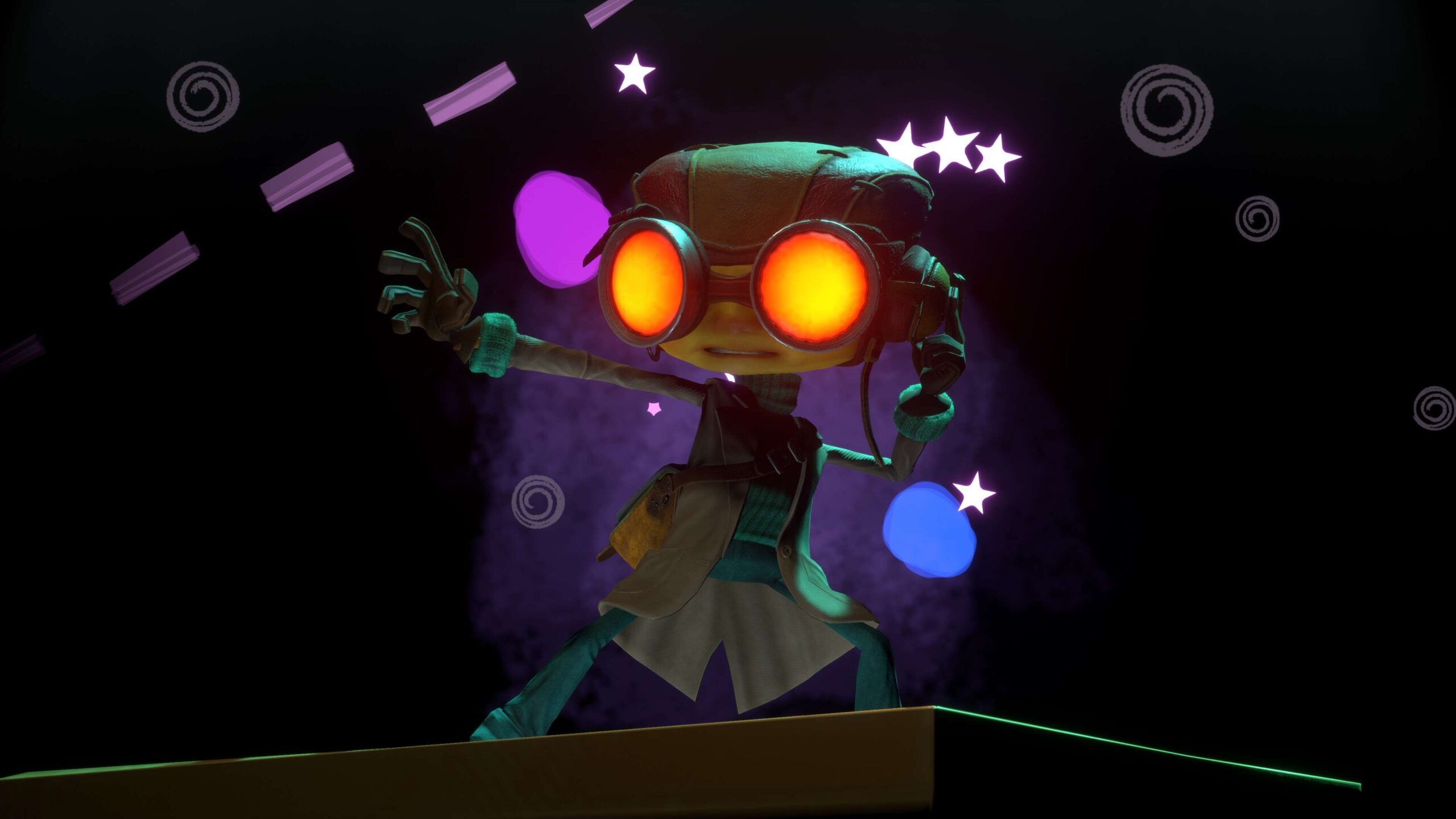It’s been a long wait, but Psychonauts 2 is nearing its August 25 release. This 3D platformer will have players exploring minds and an organization of professional psychics on Xbox Series X/S, PlayStation 4, Xbox One, and PC.
The original Psychonauts launched back in 2005. A lot has changed since then. 3D platformers went out of style … and then saw a comeback. Psychonauts developer Double Fine went from indie darling to becoming a part of Microsoft.

Unlock premium content and VIP community perks with GB M A X!
Join now to enjoy our free and premium membership perks.
![]()

![]()